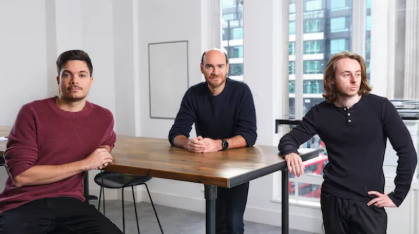Hogan & Hartson was on a roll as it marked its 100th anniversary in November 2004. The firm was in the middle of an international expansion, was seeing a big jump in corporate work, and remained — in spite of greater competition inside the Beltway — the largest firm in Washington, D.C.
Partners were in the mood to celebrate and retreated for a weekend to Miami’s Doral Golf Resort & Spa — a place where the motto is “pampered indulgence,” and where they could get in a few rounds on the Greg Norman-designed Great White Course or a $65 tropical body scrub arranged by one of the resort’s so-called spa connoisseurs.
All rewards earned, certainly, but the firm’s chairman, J. Warren Gorrell Jr., had something else on his mind that weekend. During his speech to the firm at the retreat, he pointed out that the firm, in spite of its success, was falling behind on its pro bono commitment. In any other market, Hogan’s pro bono numbers would have been respectable, even enviable. In D.C., ground zero for pro bono work, they were merely adequate. “We cannot just rely on a few of our lawyers to do it for all of us,” Gorrell told the gathering.
“In 2003, only 327 people performed 20 or more hours of [pro bono] work, and the associates did a much better job than the partners and counsel. That is simply not good enough.”
In 2004, Hogan lawyers averaged 61 fewer pro bono hours per lawyer than their colleagues at Covington & Burling, Arnold & Porter, and Wilmer Cutler Pickering Hale and Dorr. Fewer pro bono hours meant that the firm was not only failing to capitalize on the opportunities for community service that D.C. provided, but was missing out on important business benefits as well: positive media attention, training for associates, a boost in lawyer morale.
Gorrell pitched a simple, yet specific, solution: Every lawyer at the firm should do more than 20 hours of pro bono work per year. And although Gorrell presented it as a request, partners knew that he would keep tabs on them.
That’s not to say most of the partners, even the tropically scrubbed ones, didn’t think it was a good idea. Within minutes of Gorrell’s speech, lawyers were reaching out to Patricia Brannan, the head of Hogan’s Community Services Department, and pitching pro bono ideas. “There was this buzz about it,” Brannan says.
Gorrell’s pitch worked. The percentage of lawyers doing more than 20 hours of pro bono last year jumped from 50.5 percent to 88.7 percent. Hogan leaped from No. 26 to No. 4 on our annual pro bono rankings. And largely because of that increase, it scored one other laurel: a place on The A-List, The American Lawyer’s ranking of the top tier among the largest firms in the country.





